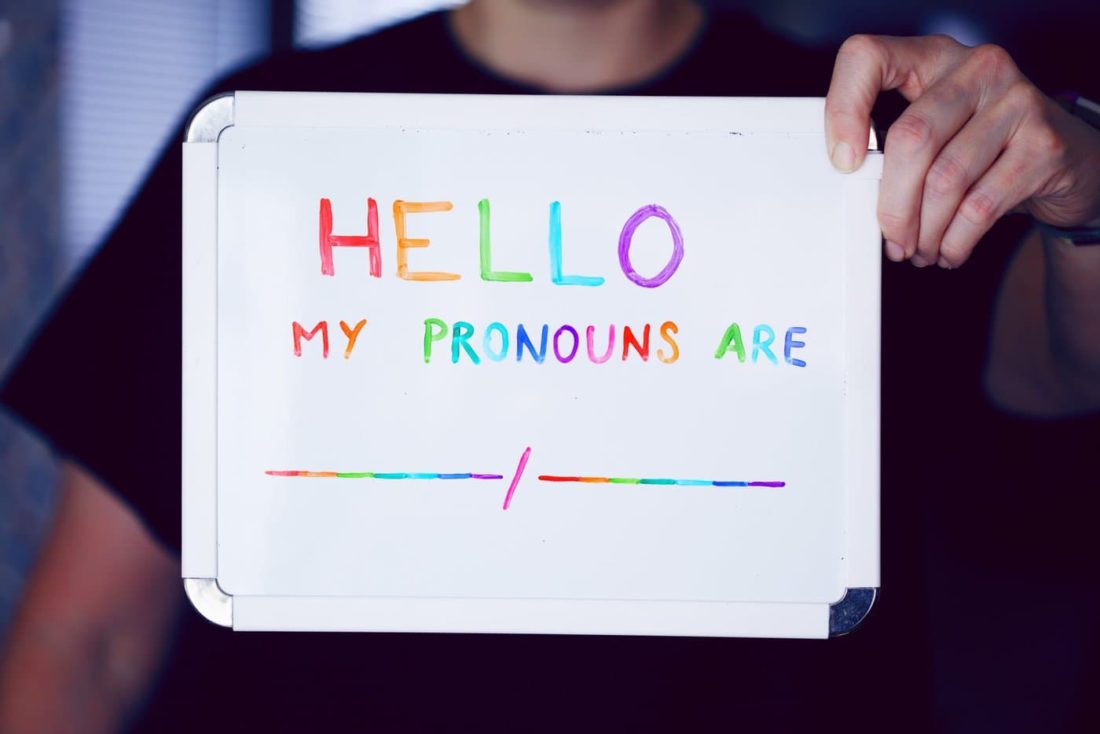
There is little doubt that there has been a momentous cultural shift in how gender norms are recognized. We don’t live in a binary world of man/woman, girl/boy, he/her, dad/mom, etc. Many organizations are acknowledging this shift by adopting more inclusive or neutral terms in their marketing materials, recognizing that inclusivity and awareness around how people define themselves not only boosts employee morale, but also impacts the bottom line.
Market research studies and recruiting need to reflect the evolving nomenclature so that individuals who don’t conform to traditional binary pronouns are included in market research studies. We are getting more requests from clients about how we recruit participants who identify as trans, non-binary, or use gender-neutral pronouns. These requests apply to all types of market research, from healthcare to B2C studies.
Demographic Categories Need to be Expanded
When recruiting for most market research studies, we factor in demographic and psychographic profiles, but as gender identities evolve, it’s important to expand upon historical categories within demographic profiles to be inclusive of these additional categorizations. Including insights from gender non-conforming people to participate in your market research study ensures that you are capturing the insights, opinions, and values from any person who interacts or uses your product, no matter how they self-identify.
Taking a “Gender Neutral” Approach to Market Studies and Recruiting
When designing market research studies, we sometimes advise our clients to consider taking a ‘gender neutral’ approach. Never assume that your product or service is exclusive to a his/her audience. Make-up is a good example. Most people reflexively think of make-up and skincare products as appealing only to females. If you were to go along with this assumption and create a marketing campaign aimed exclusively at women, you would be missing out on a sizable chunk of the market that doesn’t identify as female. In 2018 more than 56% of American men used a facial cosmetic product at least once!
Recruiting market research participants who don’t identify within typical demographic binaries doesn’t mean that all your marketing campaigns become gender neutral, but be aware that your target audience may encompass more than typical binaries would capture. As for recruiting for market studies, think about your brand’s target audience. If it is defined by gender, then consider expanding how you define your audience so you don’t inadvertently leave out potential customers.
Legacy Brands are Leading the Way
Being aware of how gender norms are shifting isn’t limited to a specific industry. A number of established companies, including Apple, Mattel, and the Mayo Clinic, are already creating products and devising marketing campaigns that are inclusive and accommodate all sorts of people, no matter how they identify. When thinking of potential customers for its iPhone, Apple doesn’t market certain colors to a specific gender. It simply offers its phones in a spectrum of colors and leaves it up to the customer to select the color that suits them. Another example is Mattel creating Creatable World, a gender neutral line of dolls. This new line was developed after conducting extensive market studies with children and learning that kids didn’t want toys dictated by gender norms.
When it comes to designing market studies or recruiting, rest assured that our team is mindful of the cultural shifts underway, and we respond accordingly!
Looking to recruit participants for your next market research project? Request a Proposal Today!
